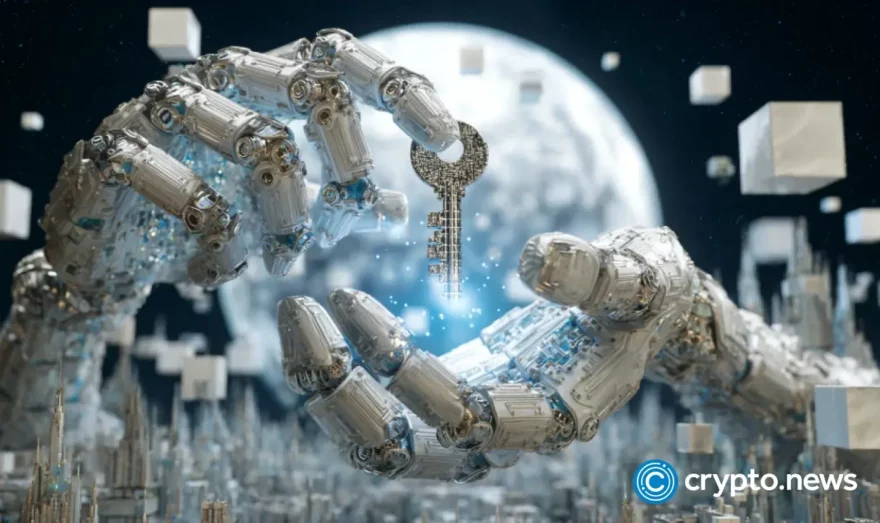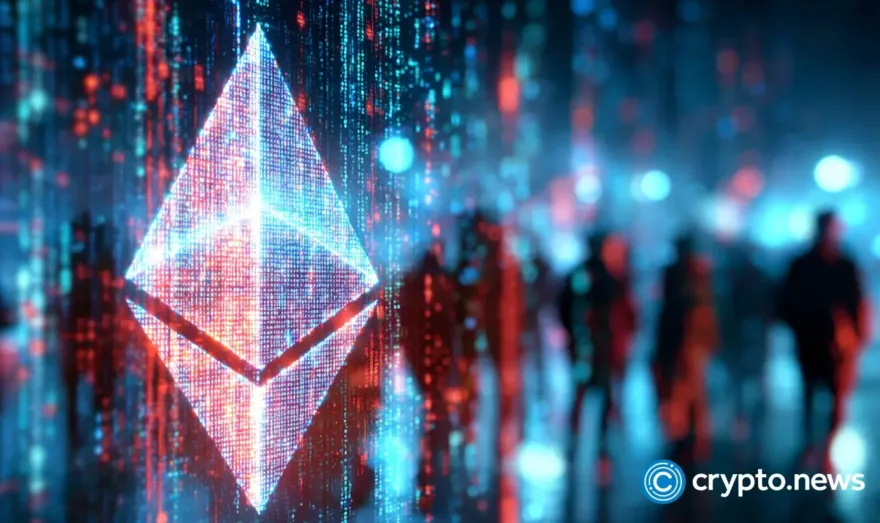If Not on the Merge, How Are Ethereum Developers Planning to Work on Spiking Gas Fees?

The accelerated growth of decentralized finance (DeFi) protocols has been the highlight of the crypto and blockchain space in the last couple of years. However, an influx of users on these protocols puts an enormous strain on Ethereum (ETH), the network that hosts more than 62% of these DeFi platforms.
The Stubborn Will of Gas Fees
As demand for the world’s second-largest blockchain blew up, so did gas prices. Ethereum users are frequently subjected to exorbitant gas fees, reaching as much as $100 for a simple token transfer.
Such unsustainable prices have created difficulty even for high-cost customers, who frequently consider switching to cheaper chains like Avalanche and Solana. And to compete with these more affordable alternatives, Ethereum developers have been working on ways to tame the spiking gas fees on their network.
What Is Ethereum Gas Fee?
A gas fee is the amount of ETH tokens a user pays to execute a transaction on Ethereum. The funds are distributed to the miners who process and validate the transactions.
Ethereum gas prices aren’t written in stone. The amount of gas needed for each transaction depends on the complexity of the exchange. A simple transfer, for example, could cost you 21,000 gas, which is the minimum requirement for every transaction. A more complicated one, such as those used in DeFi, could cost 1,000,000 gas.
In most cases, network miners determine ETH gas fees primarily by supply and demand. These circumstances have resulted in developing an auction-style system in which users who bid higher prices get priority. This fee structure creates a severe problem as thousands of people compete for limited block space and to have their transactions processed quickly.
Can the Upcoming Merge Help Lower Gas Fees?
The Merge denotes the union of the Ethereum mainnet and its new proof-of-stake (PoS) consensus layer, the Beacon Chain. This union does away with the energy-intensive proof-of-work (PoW) consensus mechanism currently used on the mainnet in favor of the more environmentally friendly PoS mechanism. Following several delays, the upgrade is expected to occur between August and November this year.
Ethereum developers expect the Merge to reduce ETH issuance and energy consumption, increase the cost of attacking the chain (making it more secure), and make Ethereum more economically sustainable. They also hope that the increased scalability, security, and sustainability may help drive down gas fees on the blockchain.
However, some experts contend that the Merge will not reduce the cost of executing transactions on Ethereum. According to noted DeFi researcher Vivek Raman, none of the Merge’s expected benefits relates to gas fees.
Raman asserts that gas prices are a function of block space demand, meaning that as long as people want to use ETH simultaneously, gas fees will still rise. ETH developers must devise other mechanisms to lower gas fees rather than relying on the Merge to level it out.
In What Other Ways Can Developers Lower Gas Fees?
Layer-2 Solutions
The quickest way ETH developers can fix the blockchain’s gas problem is by building Layer-2 (L2) solutions. These are short-term workarounds designed to handle transactions off the Ethereum mainnet (Layer-1) while leveraging its robust decentralized security model.
L2 solutions revolve around a server or cluster of servers, referred to as nodes, validators, operators, sequencers, or block producers. Transactions are generally routed through these L2 nodes rather than directly to the mainnet.
There are two main examples of L2 solutions that Ethereum devs could explore:
Rollups
Rollups execute transactions off-chain and then post the data on-chain, where consensus is reached. Because transaction data is included in on-chain blocks, rollups can be secured using native Ethereum security.
These L2 solutions combine or “roll up” many small transactions into a single large one on the mainnet, thus greatly reducing gas fees and making the network more accessible.
There are two types of rollups; optimistic rollups and zero-knowledge rollups. Optimistic rollups assume payments are valid by default and only run a computation in case of a challenge via fraud-proof. On the other hand, zero-knowledge rollups run off-chain calculations and then submit proofs of validity to the chain.
Examples of rollup services specifically designed to reduce ETH gas fees include Polygon, Arbitrum, ZKSync, Optimism, and Starkware.
State Channels
State channels are L2 solutions that use multiple signature (multi-sig) contracts to allow users to quickly and freely make off-chain transactions before settling finality with the Ethereum mainnet. This reduces network congestion, gas fees, and delays.
Essentially, state channels connect two or more wallets so they can make quick transactions back and forth. For example, if a sizeable online merchant began accepting ETH as payment, a crypto exchange could establish a payment channel between its wallet and the merchant’s wallet. Users of the exchange could then send ETH to the merchant directly without incurring gas fees.
Sharding
Sharding is a multi-phased upgrade of the Ethereum blockchain slated to happen after the Merge. It is expected to significantly improve the scalability and capacity of Ethereum and provide a long-term solution to high gas fees.
Sharding will, as the name implies, divide the Ethereum blockchain into several semi-independent shards. Each shard chain will function as its blockchain, but they will all be interconnected and share the heavy workload on the mainnet.
The division will allow the Ethereum network to handle more transactions than it currently does, lowering gas fees as competition for space in the next block will be reduced.
Conclusion
While the upcoming Merge may be deemed incapable of solving Ethereum’s long-running gas price problem, developers can work on combining the short-term L2 solutions such as optimistic rollups and state channels with the more long-term proposal of sharding to reduce gas fees on the network.
The biggest drawback to these solutions is that they decrease interoperability. This is because, in both instances, decentralized protocols won’t be running on the same chain, making it more difficult for them to connect and communicate with one another at optimal speed.
However, ETH developers are confident that they will be able to solve the interoperability issue. There is hope that sharding, alongside Layer-2 platforms, will solve Ethereum’s spiking gas fee problem once and for all.













